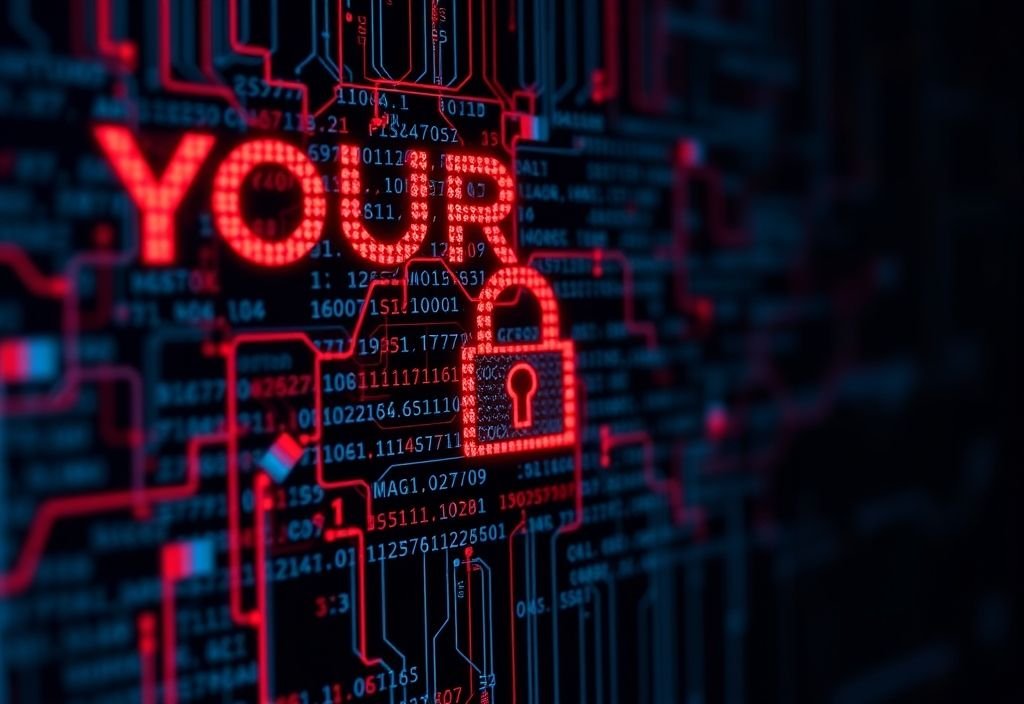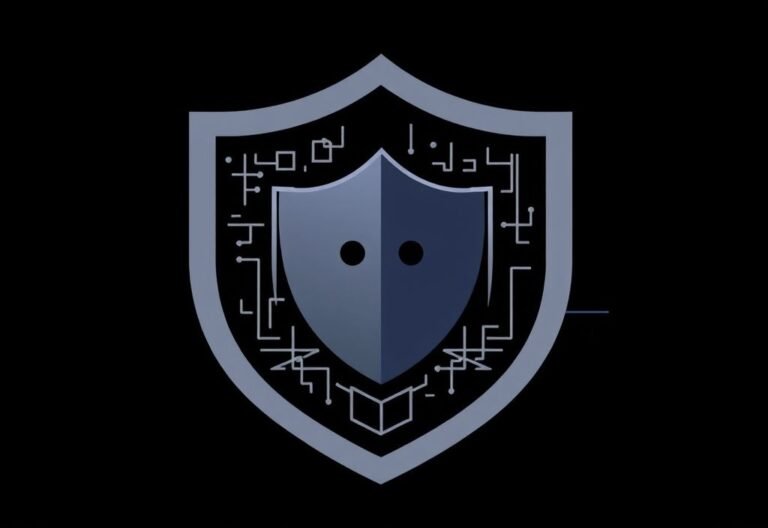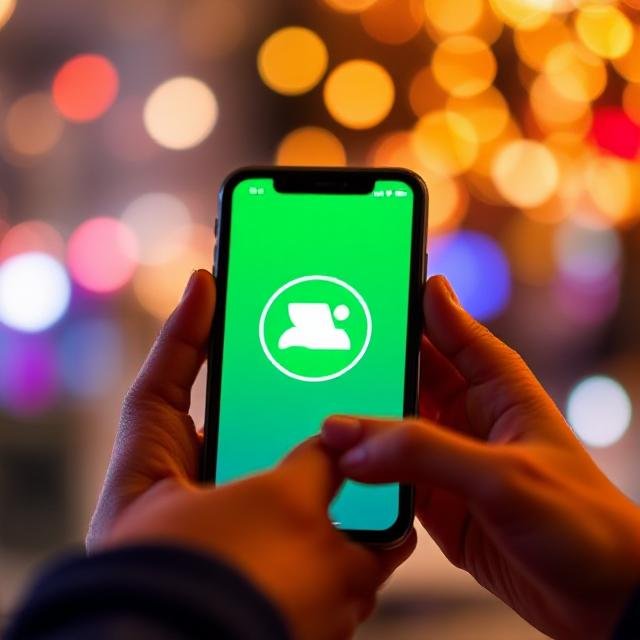
What to Do When You Get a Data Breach Notice
Getting a notice that your personal information was exposed in a data breach can feel overwhelming. Whether it’s from a bank, social media platform, online retailer, or government agency — the message is the same: your data may be in the wrong hands.
While you can’t control whether a company gets hacked, you can control how you respond .
Taking the right steps quickly can help protect your identity, secure your accounts, and reduce the risk of financial fraud.
Here’s what to do when you receive a data breach notification:
1. Read the Notice Carefully
Start by reading the entire message. It should explain:
- What kind of data was compromised (e.g., name, email, password, Social Security number, credit card info)
- When the breach occurred
- What the company is doing about it (e.g., offering free credit monitoring, resetting passwords)
Understanding the scope helps you take the most relevant action.
2. Change Your Passwords Immediately
If your login credentials were part of the breach, act fast.
- Start with the affected account — change the password right away
- Then check if you’ve used the same password on any other sites
- Use unique passwords for each service to avoid cross-account exposure
Pro Tip: Use a password manager to generate strong, unique passwords and store them securely.
3. Turn On Multi-Factor Authentication (MFA)
Even if your password is stolen, MFA adds a powerful layer of protection.
- Enable MFA on the breached account
- Set it up for all your important accounts — banking, email, social media, etc.
Common MFA methods include:
- One-time codes via authentication apps (like Google Authenticator)
- Text messages with verification codes
- Physical security keys or biometric logins
This small step makes a big difference in keeping hackers out.
4. Monitor Your Financial Accounts
If sensitive financial details like credit card numbers were exposed:
- Review your bank and credit card statements regularly
- Look for unfamiliar charges, even small ones (hackers often test with tiny transactions)
- Contact your bank or card issuer to report the breach and request a new card if needed
Your financial institution can help monitor for suspicious activity and guide you through next steps.
5. Consider Freezing Your Credit
If your Social Security number , date of birth , or other personally identifiable information (PII) was exposed, consider placing a credit freeze with the major credit bureaus.
A credit freeze blocks access to your credit report, making it harder for identity thieves to open new accounts in your name.
You can easily place a freeze at:
- Equifax
- Experian
- TransUnion
Each offers simple online options to lock or unlock your credit as needed.
6. Watch for Phishing Attempts
Cybercriminals often use stolen data to launch targeted phishing attacks. You might get emails or texts pretending to be from the breached company — but they’re designed to steal even more from you.
How to Stay Safe:
- Don’t click links or download attachments from unknown senders
- Hover over links to verify their real destination
- Go directly to the company’s official website instead of clicking provided links
- Be wary of urgent requests for personal or financial information
Stay alert across email, text messages, and even phone calls — scammers are getting better at impersonating real companies.
7. Use Stronger Device & Network Security
After a breach, it’s a good idea to strengthen your digital defenses:
- Install reputable antivirus and anti-malware software
- Enable email filtering to catch phishing attempts
- Use DNS filtering to block malicious websites
- Consider a reputable VPN , especially when using public Wi-Fi
These tools add layers of protection between you and cybercriminals.
8. Keep an Eye on Your Credit Reports
Even if you don’t freeze your credit, keep track of your reports to spot signs of identity theft.
9. Update All Your Software and Devices
Hackers often exploit outdated systems. Make sure everything is up to date:
- Operating system (Windows, macOS, Android, iOS)
- Web browsers and apps
- Routers, printers, and smart devices
Enable automatic updates where possible — it’s one less thing to worry about.
10. Stay Informed and Vigilant
Companies sometimes learn more about a breach after the initial notice. Check back on the company’s official website or contact their support team for updates.
Need Help Staying Secure After a Breach?
We understand how stressful a data breach can be — and we’re here to help.
Our cybersecurity experts can guide you through setting up stronger protections, choosing the right tools, and staying safe online — both at home and at work.
📞 Contact us today to schedule a quick security review or learn more about our personal and business cybersecurity solutions.





